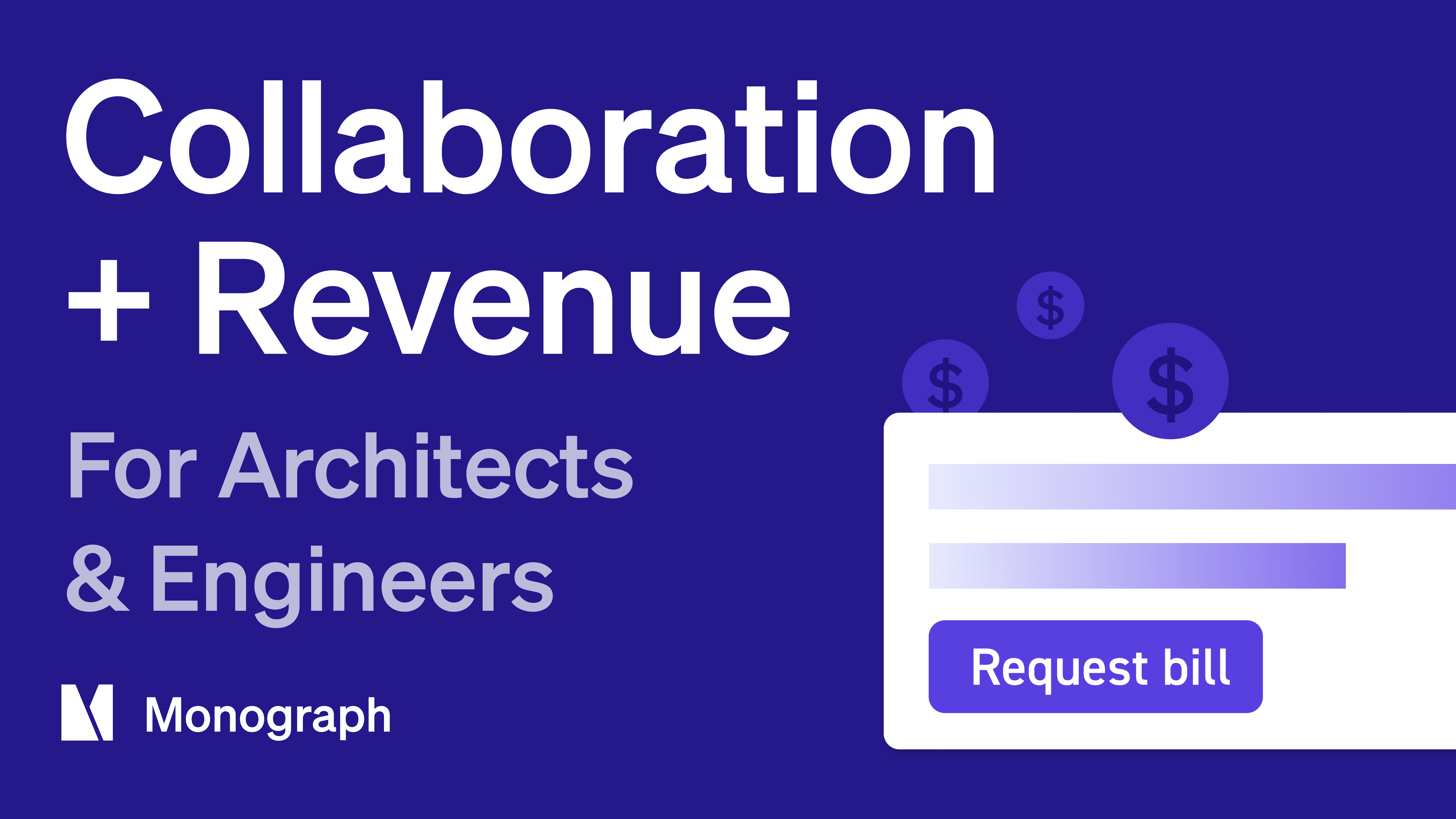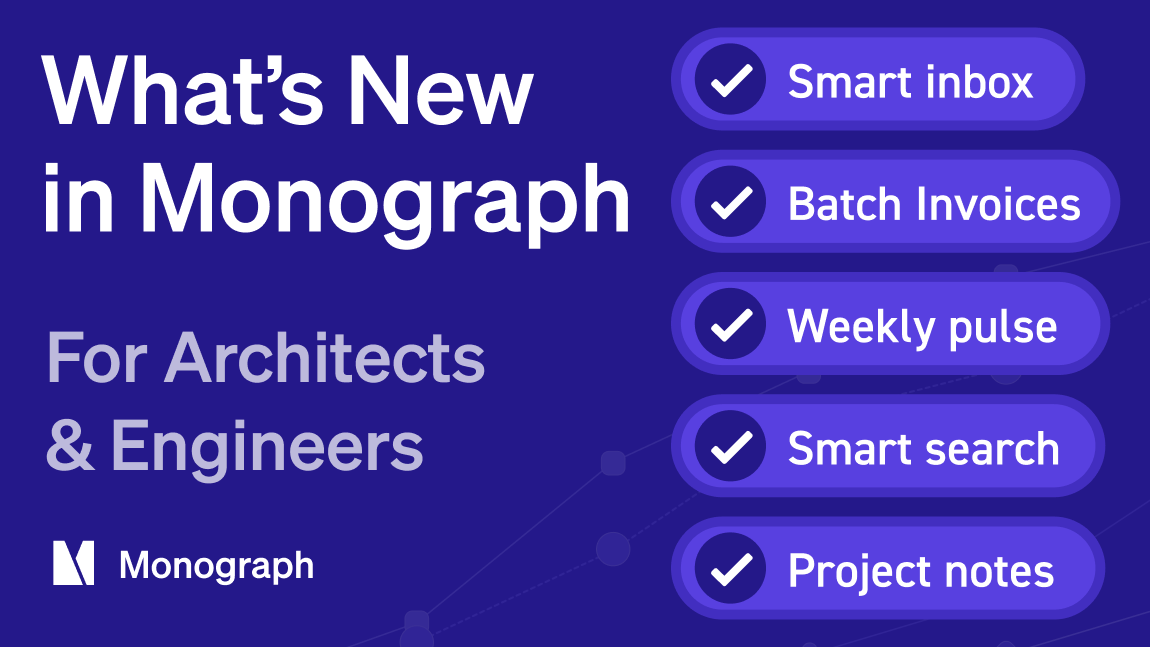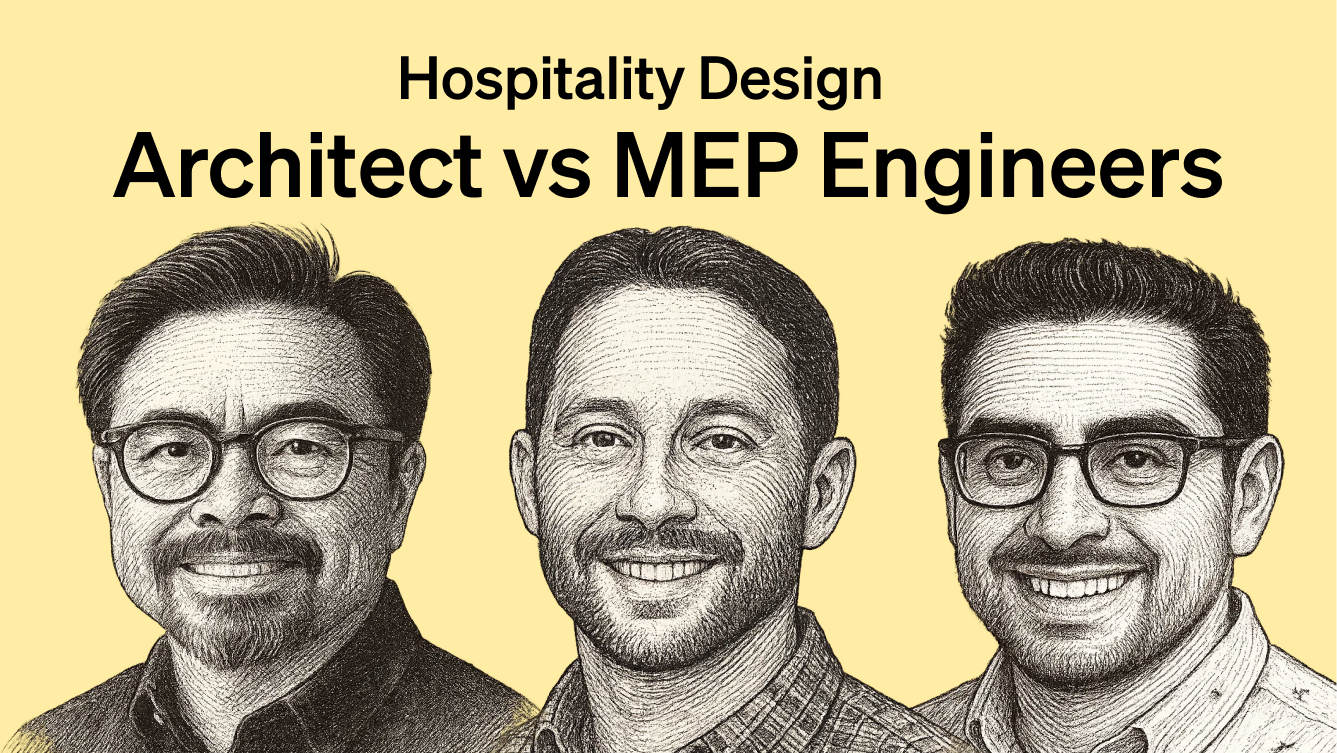Guest list




Overview
Why don’t architects sketch with clients anymore? And why don’t engineers invest in teaching their architect collaborators?
For Maggie Wylie of Point B Design Group and Moises Cruz of A-1 Engineering, those two habits—quick, unpolished sketching and early knowledge-sharing—are the foundation of their partnership. They’ve worked on everything from residential homes to flood-zone projects, developing a way of working that accelerates decisions, prevents late-stage surprises, and keeps clients engaged from start to finish.
Front-Load the Work
Instead of following the rigid sequence of design → document → send backgrounds → coordinate, Maggie and Moises front-load coordination into SD and DD. Maggie’s team starts with paper and trace so nothing feels “too precious” to change. Moises joins early to teach structural rules of thumb, helping them design within grounded realities—where they can support, cantilever, or push limits—before anything is handed off. By the time backgrounds are exchanged, most problems are already resolved, making coordination smoother and faster.
Protect Time, Protect Trust
Strong collaboration depends on protecting time. Maggie limits how many meetings she takes in a day so she can stay available to her team, clients, and business development without burning out. Moises blocks quiet work hours so he can deliver quality without constant interruption. They give each other grace in normal workflows but make themselves fully available when something urgent comes up—knowing that responsiveness in those moments builds trust that lasts.
Use Tools That Keep You in Control
Maggie’s team runs the business side of Point B on Monograph, using it daily to track time, manage budgets, invoice, and monitor firm health—knowing exactly when to find work, pull back, or hire. They pair it with ArchiCAD for BIM coordination, Pro AI for quick conceptual renderings, and plenty of paper and trace in early phases to build client trust and keep ideas flexible. The right mix of tools and policies keeps both firms efficient without losing the human connection that drives good design.
Design with Human Stakes in Mind
On their Wimberley River Project, trust and early integration were essential. The site sits in a flood zone, so they worked with drainage engineers, contractors, and the client from day one to design an elevated structure that meets budget, safety, and emotional goals. For Maggie and Moises, the process isn’t just about drawings—it’s about the energy carried into the finished building. When the work is grounded in trust, respect, and shared responsibility, the outcome has a different life and feeling, even if it looks the same on paper.
Watch the full conversation to hear more about their early design process, how they protect time without losing responsiveness, and the tools and habits that keep their architect–engineer collaboration running smoothly.


